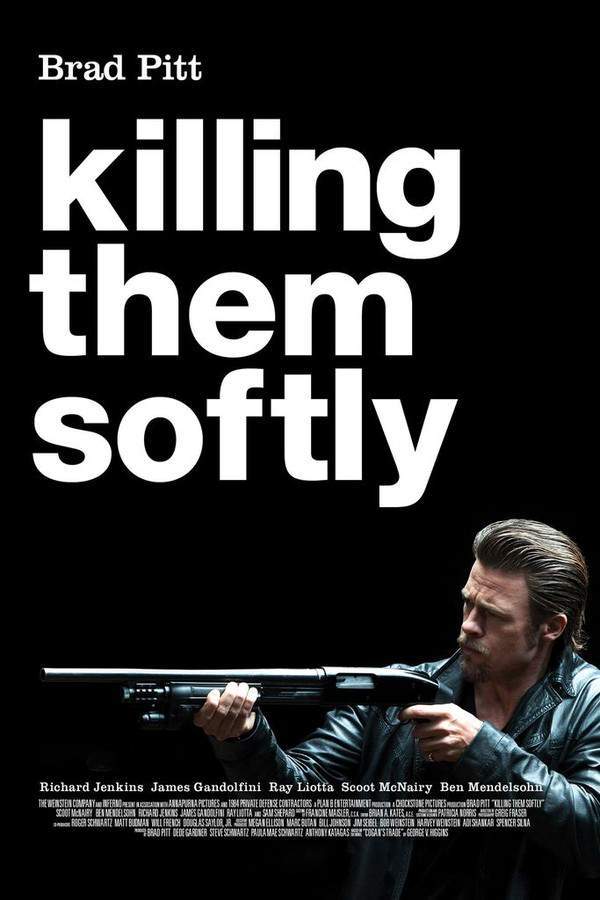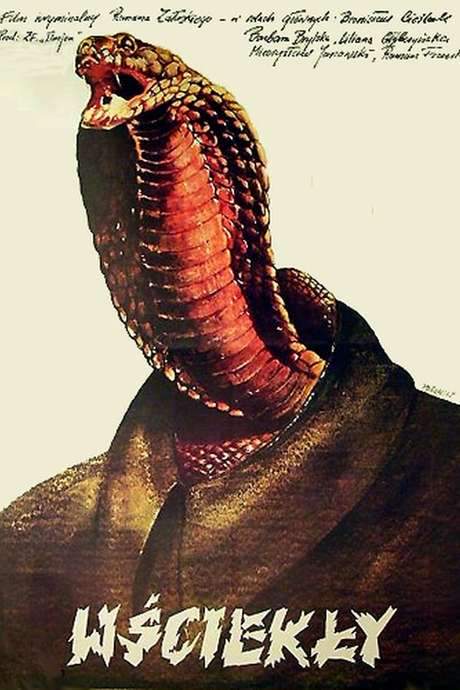
A Short Film About Killing
Year: 1988
Runtime: 85 mins
Language: Polish
Director: Krzysztof Kieślowski
Jacek climbs into the taxi driven by Waldemar, tells him to drive to a remote location, then brutally strangles him, seemingly without motive.
Warning: spoilers below!
Haven’t seen A Short Film About Killing yet? This summary contains major spoilers. Bookmark the page, watch the movie, and come back for the full breakdown. If you're ready, scroll on and relive the story!
A Short Film About Killing (1988) – Full Plot Summary & Ending Explained
Read the complete plot breakdown of A Short Film About Killing (1988), including all key story events, major twists, and the ending explained in detail. Discover what really happened—and what it all means.
Waldemar Rekowski is a middle-aged Warsaw taxi driver whose size and blunt demeanor color every ride he gives. He carries a crude appetite and a knack for fixating on young women, a trait that shades the city he traverses with a strange tension. As the city hums around him, a very different young man enters the frame: Jacek Łazar, a 19-year-old drifter who has recently arrived from the countryside and now drifts through the streets with a troubling mix of mischief and menace. He moves through crowds with a casual indifference to others’ pain, and his actions increasingly reveal a capacity to turn misfortune into a game, even at the expense of strangers. Early on, he demonstrates a disturbing tendency: he casually dumps a stranger into public urinals after a crude sexual approach, drops a heavy stone from a bridge to cause an accident, and frightens away pigeons to irritate an elderly woman who feeds them.
Piotr Balicki is a young and idealistic lawyer who has just passed the bar. He treats the world with earnest intent and opens a window to the future when he and his wife share a quiet moment at a café, discussing what lies ahead. At the same café, Jacek Łazar sits nearby, a figure conspicuously different from the couple, handling a length of rope and a stick tucked away in his bag. He puts them aside when he notices two girls playing outside, engaging in a harmless game, and the moment hints at the gulf between innocent leisure and the darker currents swirling in his life. The narrative gradually reveals that Jacek is not merely roaming the city; he bears the weight of a traumatic memory—the death of his sister—that shapes his choices and deepens the book of his misdeeds.
As the plot progresses, Waldemar drives the city’s arteries in search of a fare, unaware that fate has stacked the deck against him. He stops near the café just as Jacek approaches and asks for a trip to a remote part of the city, insisting on a longer route that takes them away from the bustle toward the countryside. What unfolds there is a brutal act: Jacek murders Waldemar by strangling him with the rope, then assaulting him with an iron bar and finally crushing his skull with a rock. The road that once carried ordinary conversations ends in tragedy, and the city’s pulse slows as the crime lands squarely in the hands of the justice system.
In the wake of the murder, Jacek is captured and brought to trial. He is interviewed by his criminal defense lawyer, Piotr Balicki, whose fresh legal training meets a case with overwhelming evidence. Despite Piotr’s earnest defense, the truth on the record is damning, and Jacek is found guilty and sentenced to death by hanging. The courtroom’s public argument gives way to a private moment between the lawyer and the judge, where Piotr asks if more could have been done to save his client. The judge acknowledges that Piotr presented one of the strongest arguments against the death penalty he has heard in years, yet the law’s verdict stands.
On the day of execution, the prison atmosphere tightens. Piotr arrives at the jail as an executioner’s routine proceeds, and the warden offers his ritual, almost final, formalities. Before the noose tightens, Jacek shares a personal memory—the death of his younger sister in a tractor accident caused by a drunken friend—and explains that he never recovered from that night. He requests one last gesture: to retrieve a photo of his sister’s first communion for his mother, a small, human relic amid the machinery of punishment. The warden presses for quiet, the judge’s voice echoes softly, and the moment builds toward the irreversible.
The moment of truth comes as the execution begins. A priest administers the last rites, and a cigarette is offered to Jacek by the warden. He asks for a non-filter cigarette, and the executioner lights one, placing it to his lips. He takes a few deliberate puffs before the cigarette is extinguished, and a final, anguished scream punctuates the last seconds before the execution proceeds. The sentence is carried out, and life’s automated quiet resumes its course as Piotr is left to grapple with the weight of what has occurred. He drives away to an empty field, where he breaks down and weeps, the emotional residue of a case that tested his ideals against a cold, inescapable mandate of law.
Last Updated: October 09, 2025 at 14:35
Unlock the Full Story of A Short Film About Killing
Don't stop at just watching — explore A Short Film About Killing in full detail. From the complete plot summary and scene-by-scene timeline to character breakdowns, thematic analysis, and a deep dive into the ending — every page helps you truly understand what A Short Film About Killing is all about. Plus, discover what's next after the movie.
A Short Film About Killing Timeline
Track the full timeline of A Short Film About Killing with every major event arranged chronologically. Perfect for decoding non-linear storytelling, flashbacks, or parallel narratives with a clear scene-by-scene breakdown.

Similar Movies to A Short Film About Killing
Discover movies like A Short Film About Killing that share similar genres, themes, and storytelling elements. Whether you’re drawn to the atmosphere, character arcs, or plot structure, these curated recommendations will help you explore more films you’ll love.
Explore More About Movie A Short Film About Killing
A Short Film About Killing (1988) Scene-by-Scene Movie Timeline
A Short Film About Killing (1988) Movie Characters, Themes & Settings
A Short Film About Killing (1988) Spoiler-Free Summary & Key Flow
Movies Like A Short Film About Killing – Similar Titles You’ll Enjoy
Killing Them Softly (2012) Ending Explained & Film Insights
Killing Words (2003) Full Summary & Key Details
Wściekły (1980) Movie Recap & Themes
The Art of Dying (1991) Plot Summary & Ending Explained
Killing Machine (1984) Plot Summary & Ending Explained
Decalogue V (1989) Movie Recap & Themes
The Executioner (1990) Plot Summary & Ending Explained
Fresh Kill (1988) Plot Summary & Ending Explained
The Killer (1989) Plot Summary & Ending Explained
Watch Me When I Kill (1977) Full Movie Breakdown
In Cold Blood (1967) Plot Summary & Ending Explained
Born to Kill (1947) Detailed Story Recap
Killing Car (1993) Complete Plot Breakdown
Death of Hitch-Hikers (1979) Story Summary & Characters
The Killing Kind (1973) Full Summary & Key Details

















